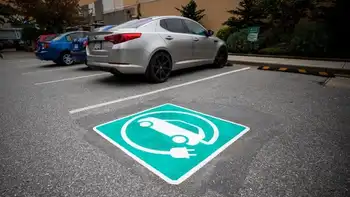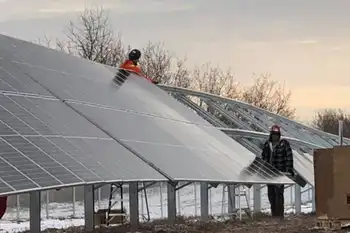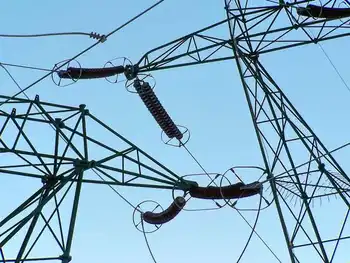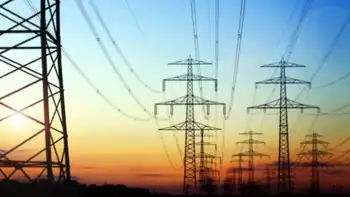U.S. Power Lines Need Huge Investment, Analysts Say
Palo Alto, CA -- - Billions of dollars are needed to shore up the faltering North American power grid if more big blackouts are to be avoided, but the incentives needed to lure that kind of cash are missing, energy analysts say.
"We need between $50 billion and $100 billion over several years to upgrade the nation's transmission system," said Kurt Yeager, president and chief executive officer at the Electric Power Research Institute (EPRI) in Palo Alto, California.
Thursday's blackout, whose cause is still unknown, cut power to about 50 million people along a swath stretching from Michigan to New England, clobbering such major cities as Detroit, Cleveland, New York, Toronto, and the Canadian capital of Ottawa.
The investigation to pinpoint the cause is focusing on three power transmission lines near Cleveland, Ohio.
On Friday, U.S. President George W. Bush called the blackout a wake-up call showing an acute need to modernize the high-voltage electric system that carries energy from power plants to the nation's cities and towns.
Yeager and other analysts said the United States had built plenty of power plants in recent years but ignored the vast network of lines that move electricity to where it is most needed, a recipe for overloading lines and bringing down the system.
EPRI, a non-profit energy research consortium, estimates U.S. power demand has surged 30 percent over the past decade, while capacity of high-voltage transmission lines grew just 15 percent.
RULES, CONGRESS
Energy analysts for years have blamed the lack of investment in transmission networks, the high-voltage power lines that ship electrons across long distances, on a patchwork of federal and state rules
"One of the big problems is the grid rules are not consistent and this has prevented the incentives that are needed to increase investments," said William Hogan, a professor of public policy at Harvard University.
The medley of power grid rules makes it more difficult for regional grid operators to quickly coordinate when unexpected problems arise in their regions, like power plant outages, Hogan said.
Unlike the power generation side of the electricity business, transmission lines remain tightly regulated, scaring off investors with meager returns.
The result is a major rift in business, with big money thrown at new power plants and minimal investment in the power lines themselves, an unacceptable imbalance back in the days when utilities managed both sides of the industry and reliability was paramount.
Federal efforts to boost investments in power lines by creating standardized power grid rules have run into major roadblocks in Congress.
Lawmakers and state regulators in low-cost power states, like Kentucky, have thwarted efforts by the Federal Energy Regulatory Commission to standardize grid rules by combining transmission grids into super-regional groups.
Opponents say they have nothing to gain from a single set of rules that could force retail and commercial customers to pony up money for power line upgrades that will largely benefit customers in other high-cost power states.
Related News
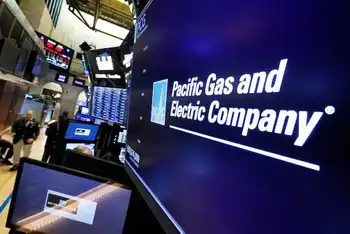
PG&E's bankruptcy plan wins support from wildfire victims
BERKELEY - Pacific Gas & Electric's plan for getting out of bankruptcy has won overwhelming support from the victims of deadly Northern California wildfires ignited by the utility's fraying electrical grid, despite concerns that they will be shortchanged by a $13.5 billion fund that's supposed to cover their losses.
The company announced the preliminary results of the vote on Monday without providing a specific tally. Those numbers are supposed to be filed with U.S. Bankruptcy Judge Dennis Montali by Friday.
The backing of the wildfire victims keeps PG&E on track to meet a June 30 deadline to emerge from bankruptcy in time…

